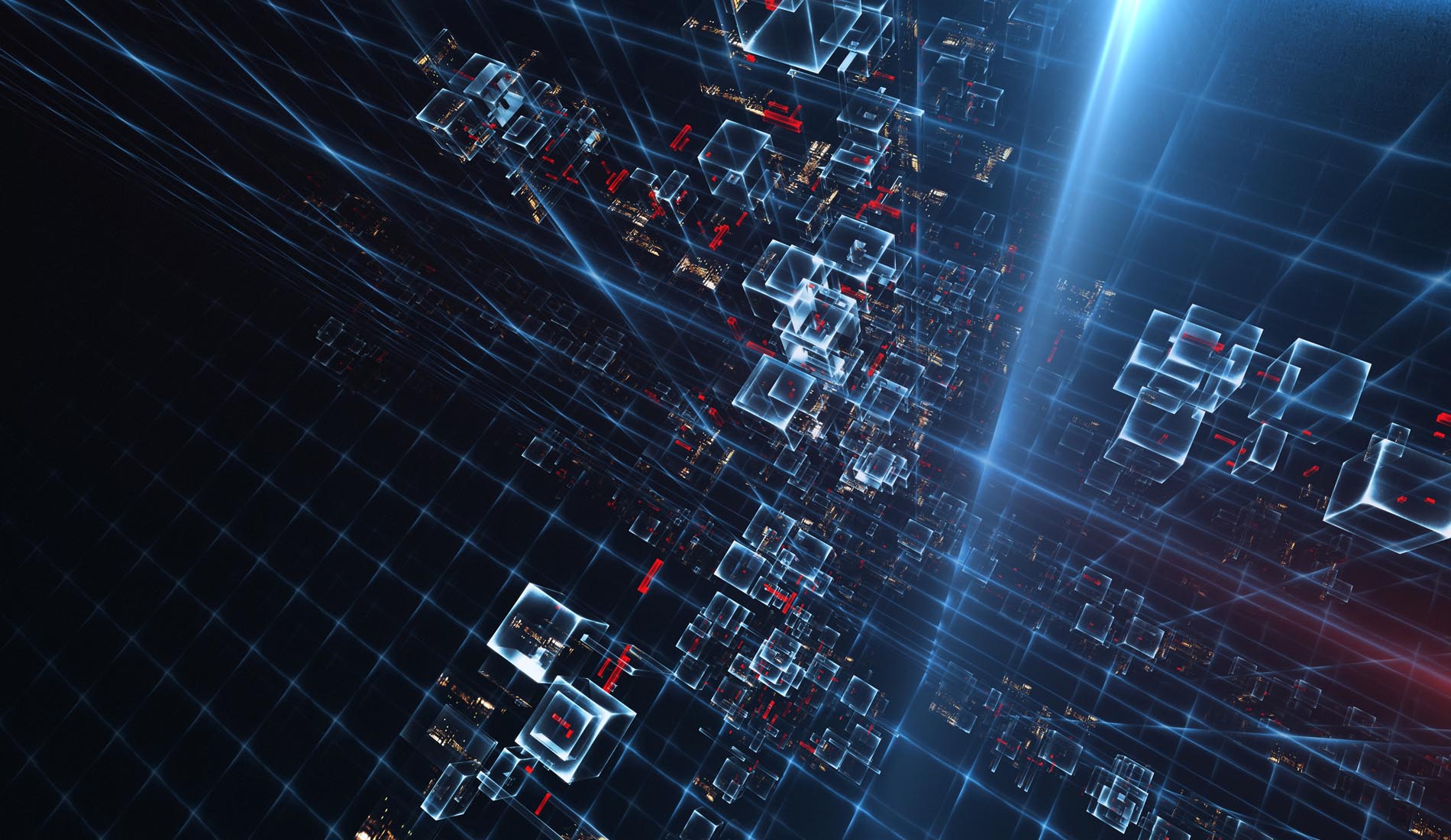The Copyright Registration Guidance (Guidance) published by the United States Copyright Office in March mainly addressed whether a human providing simple prompts or other input to an artificial intelligence (AI) algorithm could obtain a copyright registration for the output that the AI algorithm generated based on the human input. Working with AI algorithms all the time, I previously discussed whether the creator of the AI algorithm, and not the user, could obtain a copyright registration for that output. Now a few months later, a court has handed out a decision on whether to grant a copyright registration to the AI algorithm in Thaler v. Perlmutter, 1:22-cv-01564 (D.D.C).
That’s right. The court was confronted with the issue of whether to grant a copyright registration to the AI algorithm or the machine running the AI algorithm, rather than the creator of the AI algorithm. The plaintiff in this case has been a proponent of giving credit to machines running the plaintiff’s AI algorithms instead of the plaintiff directly, regardless of whether the AI algorithms output more algorithms or artworks. See Thaler v. Vidal, No. 21-2347 (Fed. Cir. 2022).
To support the position that the plaintiff’s machine should be granted a copyright registration, the plaintiff consistently represented in the copyright application that the AI algorithm generated the work “autonomously” and that the plaintiff played “no role” in the generation. This representation undermines any creative effort that the plaintiff may have made in producing the work. In general, while an AI algorithm once developed may be executed autonomously without human intervention, the AI algorithm was not developed in a vacuum and a human could have incorporated various creative elements into the AI algorithm, as discussed in my previous blog post.
The Guidance implied that generative AI can be analogized to a camera, and so did the plaintiff in in this case. Such an analogy may also preclude any critical inquiry into whether the AI algorithm includes any creative elements. To the extent that a camera does not include AI, the camera is designed to form an image without providing creative input. On the contrary, there is nothing that stops an AI algorithm from modeling a human’s creative process or just incorporating a few of a human’s creative choices.
The court in this case dismissed the plaintiff’s subsequent assertion of his providing instructions to and control over the AI algorithm as being a bit too late. Thaler, at 14. It might be too late in affecting how the court would evaluate the case, but it may continue to be largely irrelevant even if the court were to evaluate the case differently. Unless the plaintiff could show that his instructions included creative elements, this case still represents a scenario where a human has designed an AI algorithm to perform machine learning from training data without creative considerations. Therefore, even if the court were to decide on whether the plaintiff himself could be granted a copyright registration, the outcome might not be much different.
Despite the decision in the Thaler case, the answer to whether a human behind AI can be creative can be a resounding yes. It would be interesting to see how a case plays out in court that represents a different scenario where a human has instilled specific creative elements in selecting or forming the training data, model structure, model parameters or other aspects of an AI algorithm. The main challenge in determining authorship would not be assessing the machine execution of an AI algorithm but the human input into the development or execution of the AI algorithm.
